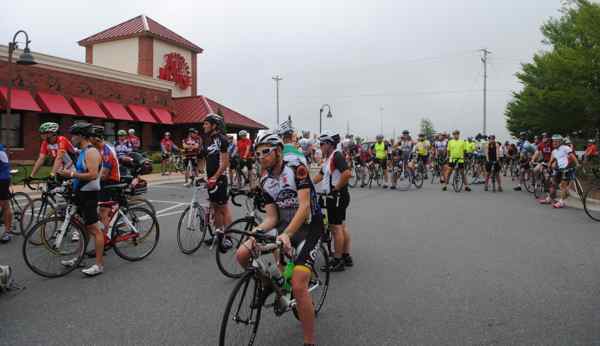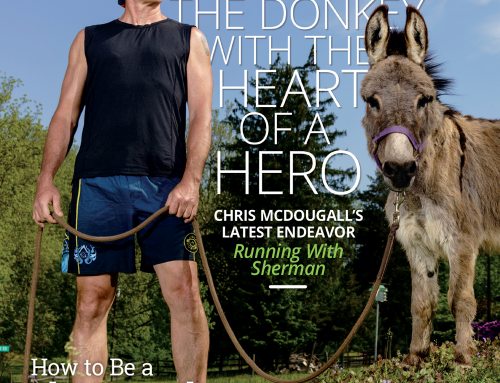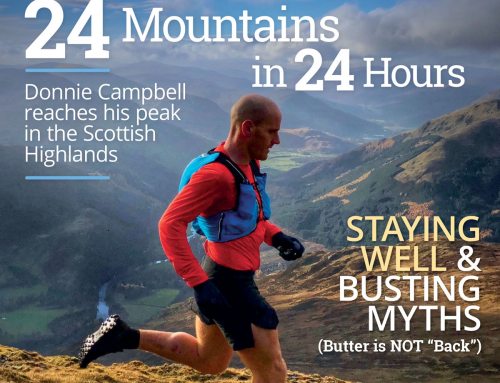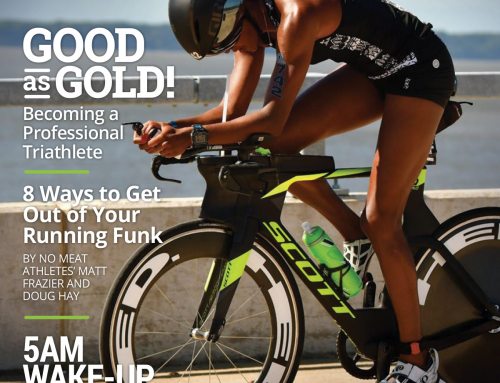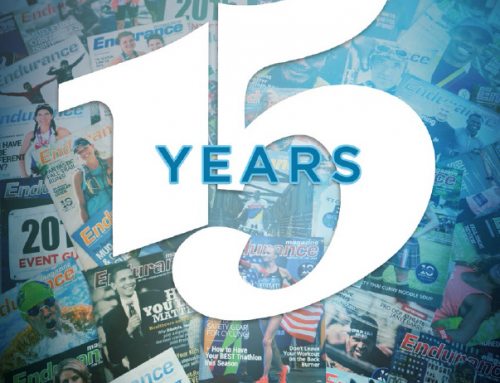The endurance-sports community has an amazing propensity for doing good. When tragedy strikes, like the horrific bombing in Boston, people and businesses in the endurance-sports community mobilize and form teams and events to help those affected. It’s what we do.
Of course, there doesn’t have to be a tragedy for us to help others. Endurance events like marathons, triathlons and bike rides are almost always created with a charitable endeavor in mind. The focus of our cycling issue was to showcase just that. Many cycling events and teams are created by accountants, lawyers and other professionals because it’s the right thing to do. Altruism exists everywhere. To deny altruism in business is to ignore the fact that organizations are run by people who bring their own personal history, values and enthusiasms to the workplace.
One great example is the law firm Henson & Fuerst. In his article “Doing Well by Doing Good: Counting the Right Things,” Thomas Henson talks about corporate philanthropy and improving the lives of others through charitable acts. Leading by example, Henson’s desire to help others is evident in the endeavors of the HensonFuerst Cycling Team and its involvement with the American Diabetes Association’s annual Tour de Cure cycling event. Diagnosed with Type 1 diabetes at the age of 9, Henson rides for all the kids who are newly diagnosed with diabetes but lack the medical support, training and diabetes-management techniques that he has had over the years. His dedication to cycling and desire to honor and support kids with diabetes make the Tour de Cure a perfect vehicle for his passion.
Bradley Hintze is another inspiring person who has let his passion drive his altruism. Hintze, who’s currently pursuing a doctorate in biochemistry at Duke, was born with cerebral palsy, a disorder caused by injury or abnormal development in the brain. For the first half of Hintze’s life, the effects were relatively mild. His fine-motor coordination wasn’t great; he couldn’t handle small things, or write, which presented obvious challenges at school. But he could talk normally; he could hold his head up. Things changed when, in his early teens, he developed cervical dystonia, a condition that made his speech and balance much worse. Read Hintze’s inspirational story of not just dealing with cerebral palsy, but using it to fuel his passion for helping others as he raises money for the Easter Seals through their local cycling event Ride Without Limits.
While few of us will ever face physical challenges like those confronting Hintze, we could all easily find ourselves trying to rebound from injury and illness. In his article “The Comeback Kid,” D.C. Lucchesi talks to some local experts on what to do when faced with the challenge of finding the mental and physical willpower to bounce back. If you find yourself needing a kick in the butt to get back into the endurance-sports lifestyle, be sure to read this article!
Also in this issue you’ll find great tips for becoming a better cyclist or dealing with injuries you may be battling. You can also find another great recipe from personal chef Brandon McDearis, who has his own charitable endeavor to share. McDearis and his friend and motorcycle journalist Neale Bayly recently filmed a television show in Peru to highlight their efforts in raising money for abandoned children in Peru. The show is set to air June 9 on the SPEED network.


